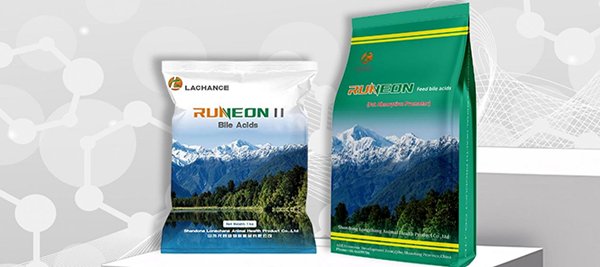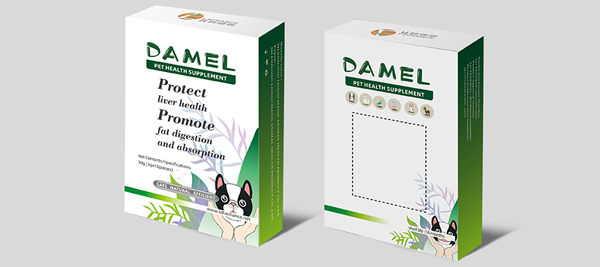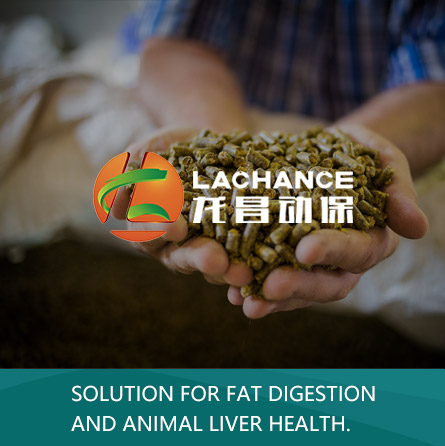Reduced Protein Diets:The inevitable trend of feed and breeding development
In recent years, under the influence of multiple factors at home and abroad, the price of feed raw materials is high, the cost of protein-rich feed ingredients is rising, and the problem of high feed waste rate is plaguing the market. The profit margin of poultry industry has been further compressed, and cost-efficiency has become the top priority. Under this situation, reduced protein diet technology has received widespread attention from feed companies.
At the ongoing 35th Australian Poultry Science Symposium (APSS),reduced protein diet technology is also a very hot topic. Below is the latest research on reduced protein diet technology at this APSS to share with you.
1. Topic:Net energy systems for poultry potential for low protein diet
A meta-analysis of 28 studies on low protein diets for broilers was conducted, considering Net Energy (NE) content instead of Metabolisable Energy (ME) content. The analysis showed that reducing crude protein (CP) content in feed improves protein retention efficiency and reduces the dependence on vegetable protein sources. The inclusion of synthetic amino acids, such as methionine, lysine, and threonine, along with a focus on animal requirements, allows for the formulation of broiler diets with reduced CP.
The results showed that decreased CP content in broiler feed diets decreased body weight and increased Feed Conversion Ratio (FCR) (P < 0.001). Net energy calculations based on diet composition revealed a positive correlation between CP content and the digestible lysine/NE ratio. CP reduction was associated with NE increase resulting in an imbalance between energy and digestible amino acids not detectable in the ME system. Body protein and lipid deposition were also correlated with the digestible lysine/NE ratio, explaining increased fat deposition and worsened FCR for low CP diets. This suggests that the NE system can better balance energy and protein, enabling more sustainable protein production with low protein diets.
2. Topic: Broiler chickens offered reduced crude protein diets based on sorghum outperform their wheat-based diet counterparts
The study compared growth performance in straight-run broiler chickens offered standard (205 g/kg) or reduced (175g/kg) crude protein diets based on wheat or sorghum from 14 to 35 days post-hatch. Treatment interactions (P < 0.001) were observed for crude protein concentrations and grain type for weight gain and FCR. Reducing crude protein in sorghum-based diets did not influence weight gain and FCR; in contrast, weight gain and FCR were compromised in broilers offered wheat-based diets. This outcome was consistent with previous studies where wheat-based diets were inferior to maize-based diets following crude protein reductions.
3. Topic: Raising the essential amino acids-to-true protein ratio beyond 0.6 impairs the growth rate of unchallenged broilers fed reduced crude protein diets during the grower period
Most essential amino acids (EAA) are usually considered when formulating reduced protein (RP) diets. This results in an imbalanced EAA-to-non-essential amino acids (NEAA) ratio, to which broilers are sensitive (Pesti, 2009). Moreover, the conventional way of measuring dietary protein content using the crude protein (CP) concept is flawed, as it assumes that all protein contains 16% nitrogen (N) and ignores non-protein N sources. True protein (TP), which considers only amino acids, provides a more accurate measurement (Alhotan & Pesti, 2016). Maintaining a ratio of EAA:TP at 0.60 has been shown to restore the performance of broilers fed RP-diets, while going below this ratio impairs the performance (Musigwa et al, 2023). This study evaluated the impact of increasing the EAA:TP ratio above 0.60 on the performance of unchallenged or necrotic enteritis challenged broilers fed RP-diets from d 8 to 19.
How to reduce protein safely is the key to popularize reduced protein diet technology. After the reduction of dietary protein, it is necessary to ensure that the feed effect is not affected and the animal growth and production performance is not reduced.
As an important component of bile, bile acid can not only play the role of emulsifier, promote the absorption and utilization of fat, but also protect the health of liver and gallbladder. As a signal factor, bile acids regulate the metabolism of energy, lipid and carbohydrate substances, promote growth and improve immunity. These effects have been thoroughly studied and widely confirmed. Recent research results show that bile acids can also improve the activity of digestive enzymes and promote the absorption of fat-soluble vitamins, which provides a new idea for the formulation and promotion of low protein diet.
Case 1.
Table1. Effects of Bile Acids on crude fat Digestibility and Digestive Enzyme Activities of Intestinal Contents of Broilers (Unit: U/g)
Treatments | Crude Fat Digestibility | Trypsin Activity | Chymotrypsin Activity |
Control Group | 83.6±2.11a | 0.87±0.12a | 2.98±0.43a |
Bile Acid Group | 87.5±1.95b | 1.36±0.15b | 4.57±0.52b |
As shown in Table 1, adding bile acids to broiler diets increased crude fat digestibility of broilers by 3.9%, and the difference was significant (P<0.05). The activities of trypsin and chymotrypsin in intestinal contents were significantly increased by 56.3% and 53.4%, respectively, compared with the control group, and the difference was significant (P<0.05).
Case 2.
Experiment design: A total of 432 1-day-old AA broilers were randomly divided into 4 groups with 6 replicates per group and 18 broilers per replicate. The control group was fed a basal diet, and the experimental groups were fed the basal diet supplemented with 300g/t, 550g/t and 800g/t bile acids, respectively. The experiment lasted for 42 days.
Treatments:
NO. | Groups |
A | Basal diets |
B | Basal diets+300g/t bile acids |
C | Basal diets+550g/t bile acids |
D | Basal diets+800g/t bile acids |
Results:
Conclusion:
1. The addition of 800g/t bile acids had the most obvious effect on the improvement of production performance and intestinal enzyme activity.
l Average daily weight gain increased by 7.63% (P< 0.01);
l FCR decreased by 8.04% (P<0.01).
2. Intestinal contents of broilers at 21 and 42 days of age
l Lipase activity increased by 246.90% (P< 0.01) and 109.09% (P< 0.01), respectively;
l Trypsin activity increased by 271.82% (P< 0.01) and 131.89% (P< 0.05), respectively;
l Chymotrypsin activity increased by 49.54% (P<0.05) and 103.54% (P<0.05)
These results indicate that bile acids can help improve the activity of digestive enzymes and improve the effective utilization of proteins. Combined with the experiments, Lachance Group developed the application scheme of bile acids in reduced protein diet technology. Add an appropriate amount of bile acid to the diet, and the formula can be: ① Reduce 1% protein; ② Reduce 20% fat-soluble vitamins; ③ Reduce 30-50Kcal metabolizable energy. This is a very good technical solution and approach for the formulation design of reduced protein diets and to ease the pressure on feed and breeding costs.










